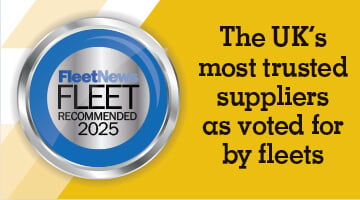Gary Spellins, RAC Business Services managing director, said: 'The potential for dispute between the vehicle owner and customer puts client relationships at risk. The RAC steps in from this neutral position and independently reports on a vehicle's condition based on set criteria like the BVRLA fair wear and tear industry standard.
'So, for example, a buy-back vehicle returned by a rental company to a reconditioning site has to be prepared to the BVRLA standard before being prepared to dealership condition, meaning two inspections, two portions of cost to allocate, and perhaps twice the paperwork and twice the opportunity for dispute.
'We believe a typical rental vehicle going back to a network dealership will have more than £500 of light damage repairs which will need to be split 50/50 between the rental company and the manufacturer. The absence of independent verification can lead to inappropriate disposal decisions. We believe that involvement in this programme is offering informed choice, consistency, independent assessment and is improving residual values for customers in the region of 5-10%.'
The RAC's vehicle inspectors use hand-held PCs to feed in information about the make, model and type of damage, while the software produces data on the cost of repairs including labour. Peter Hollinshead, head of purchasing at HSBC Vehicle Finance, said: 'We have to see how we can reduce costs as a fleet. Wear and tear standards are often an area of dispute unless it is handled properly, as we have to look at how we could use the inspection service - it does have good potential.'















Login to comment
Comments
No comments have been made yet.